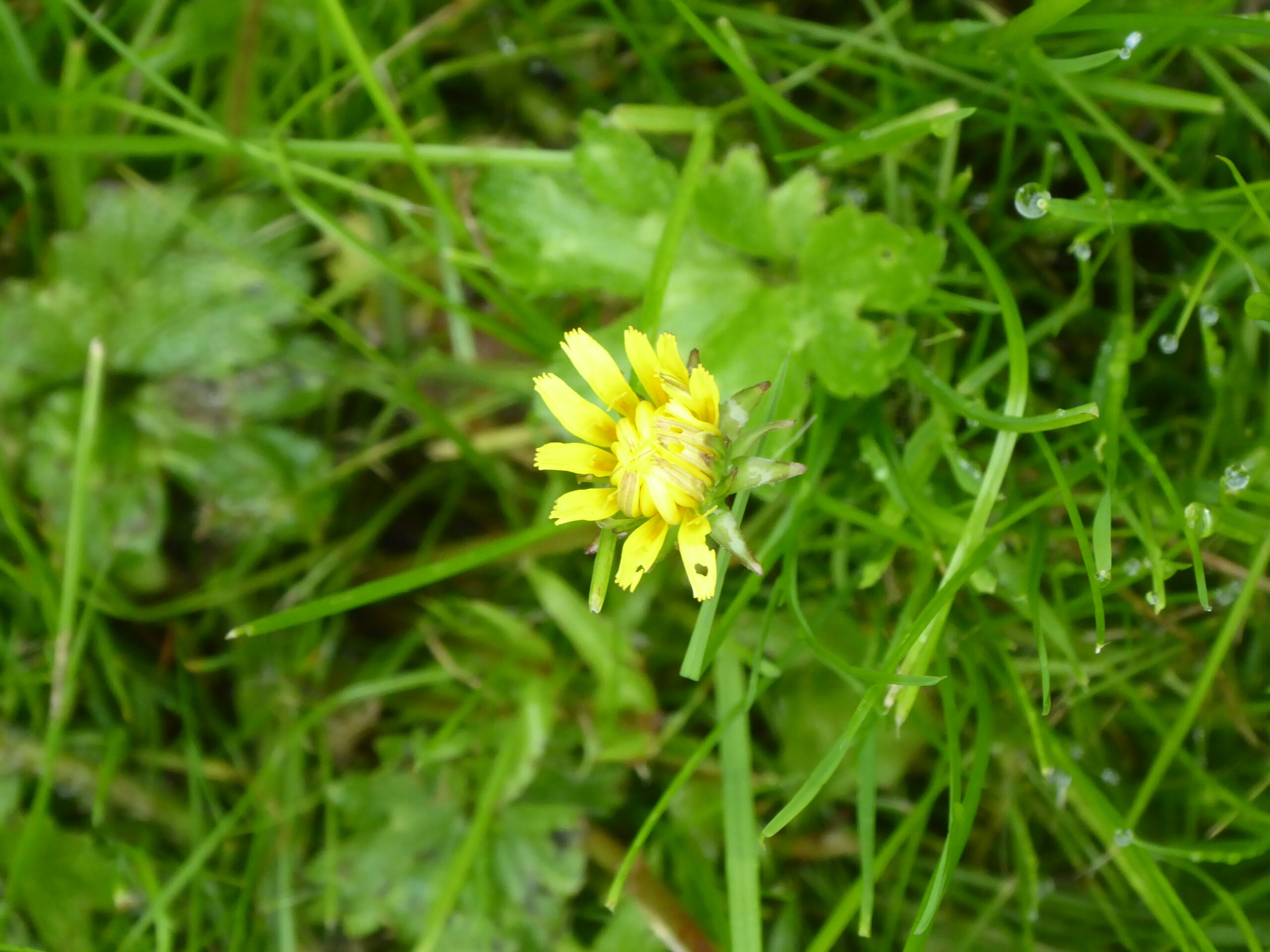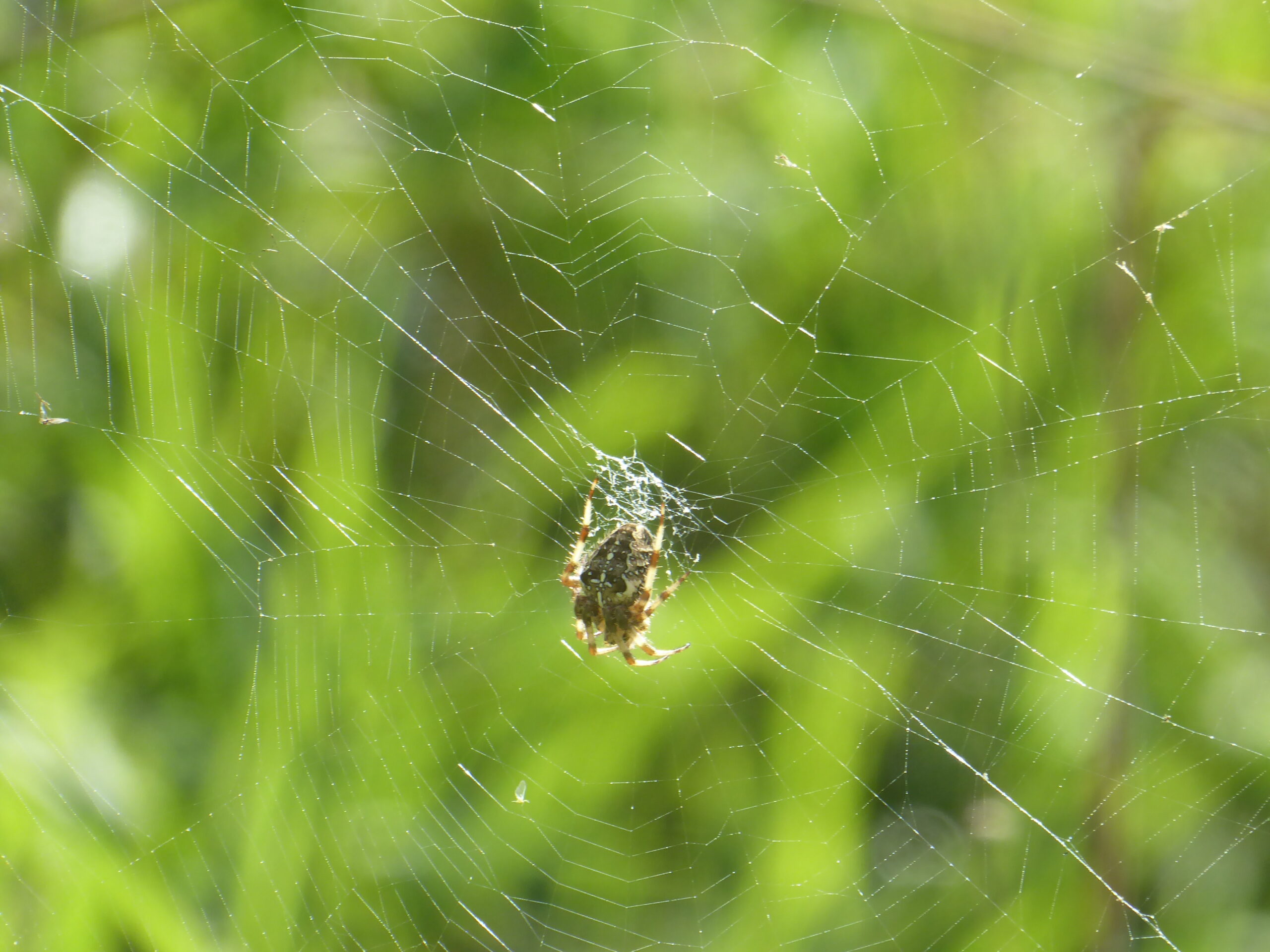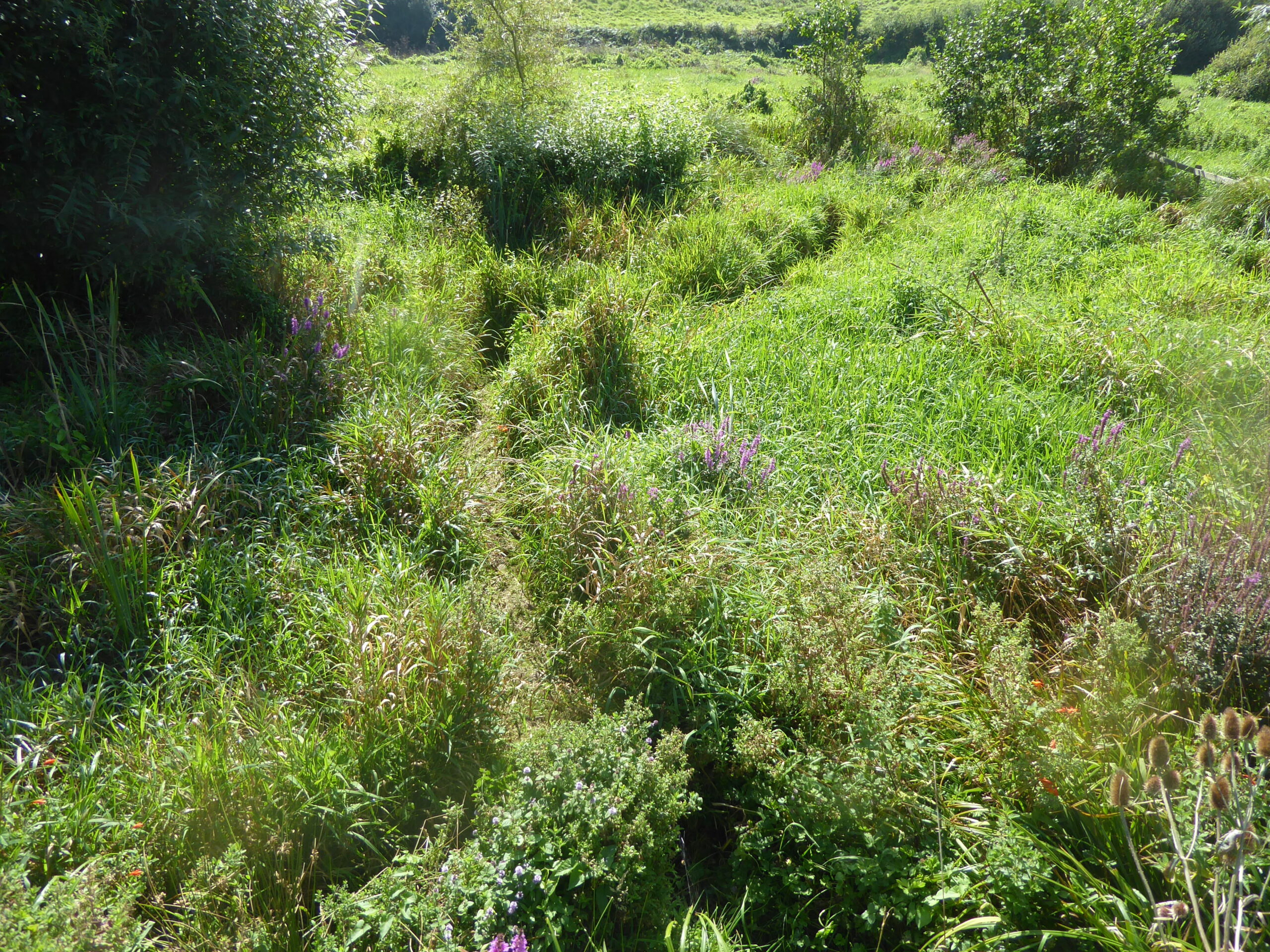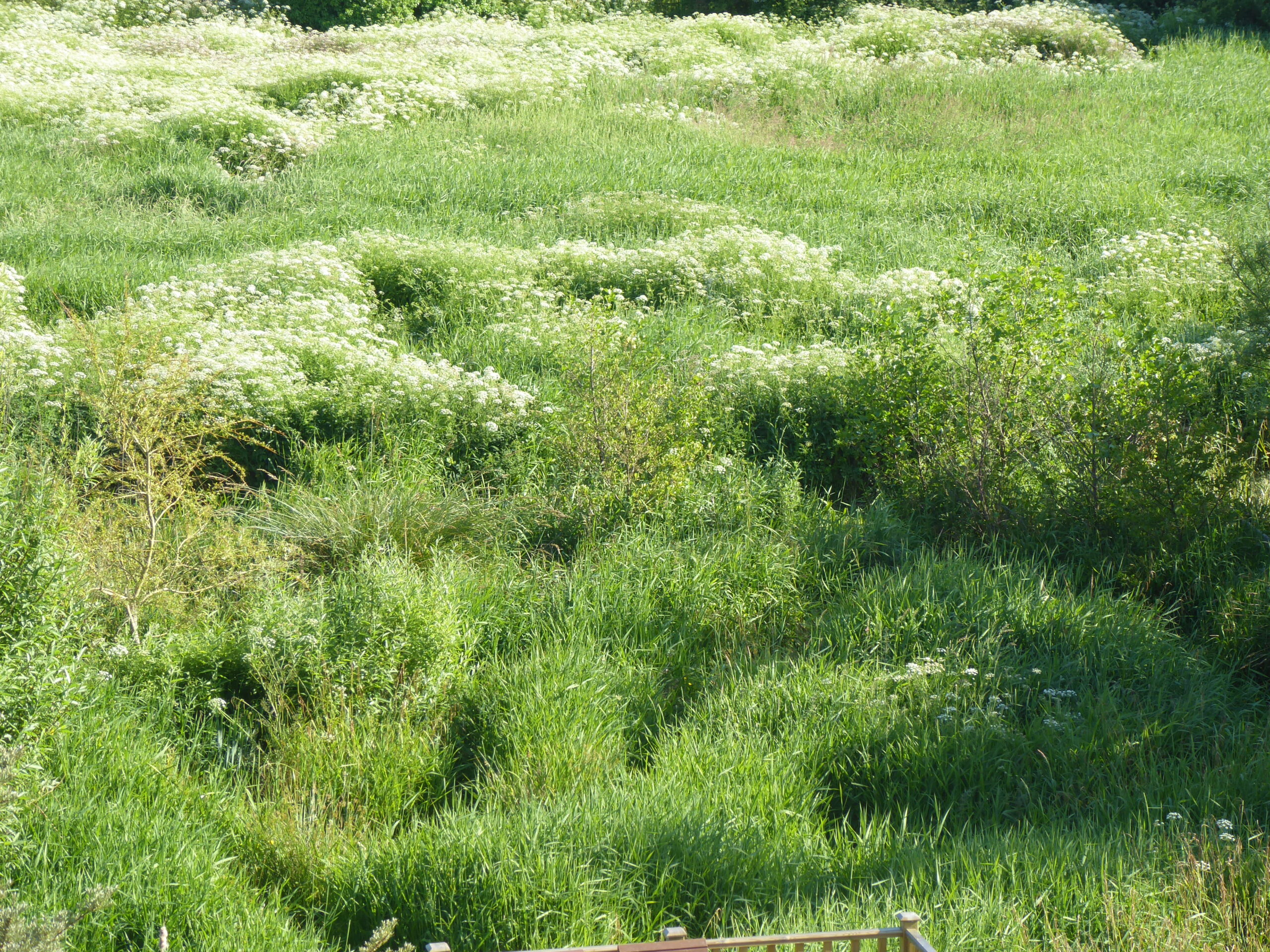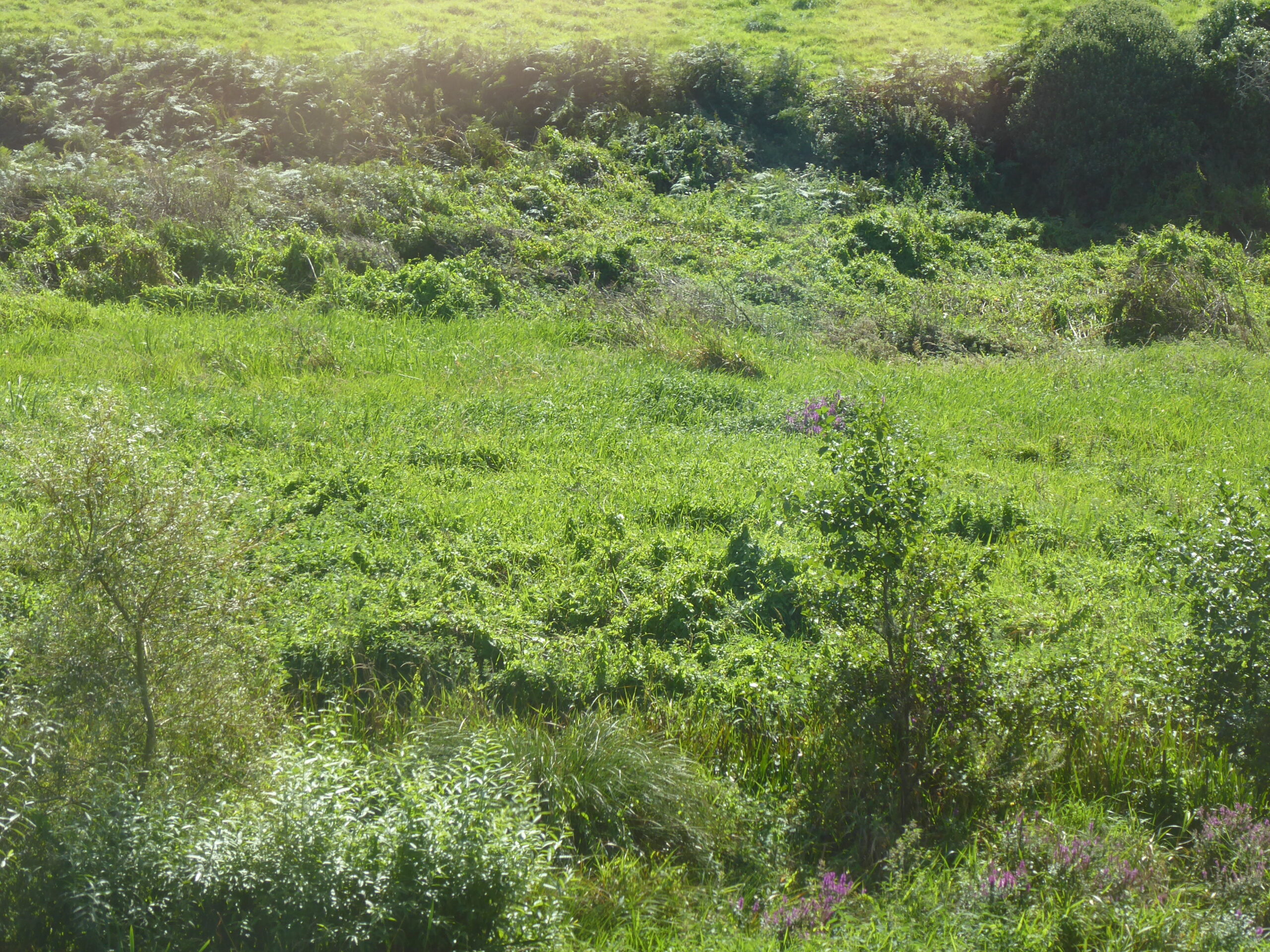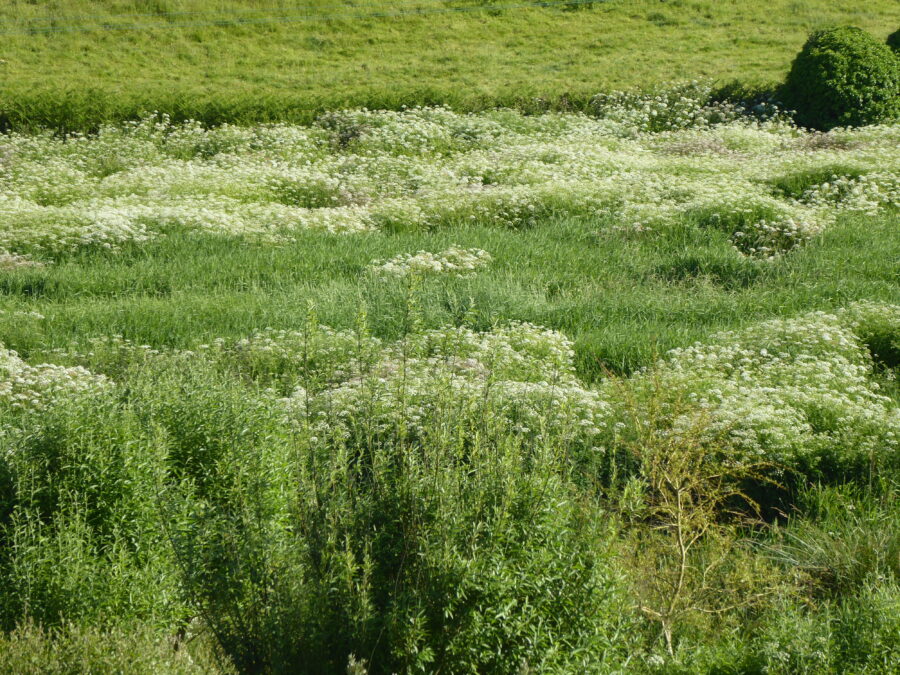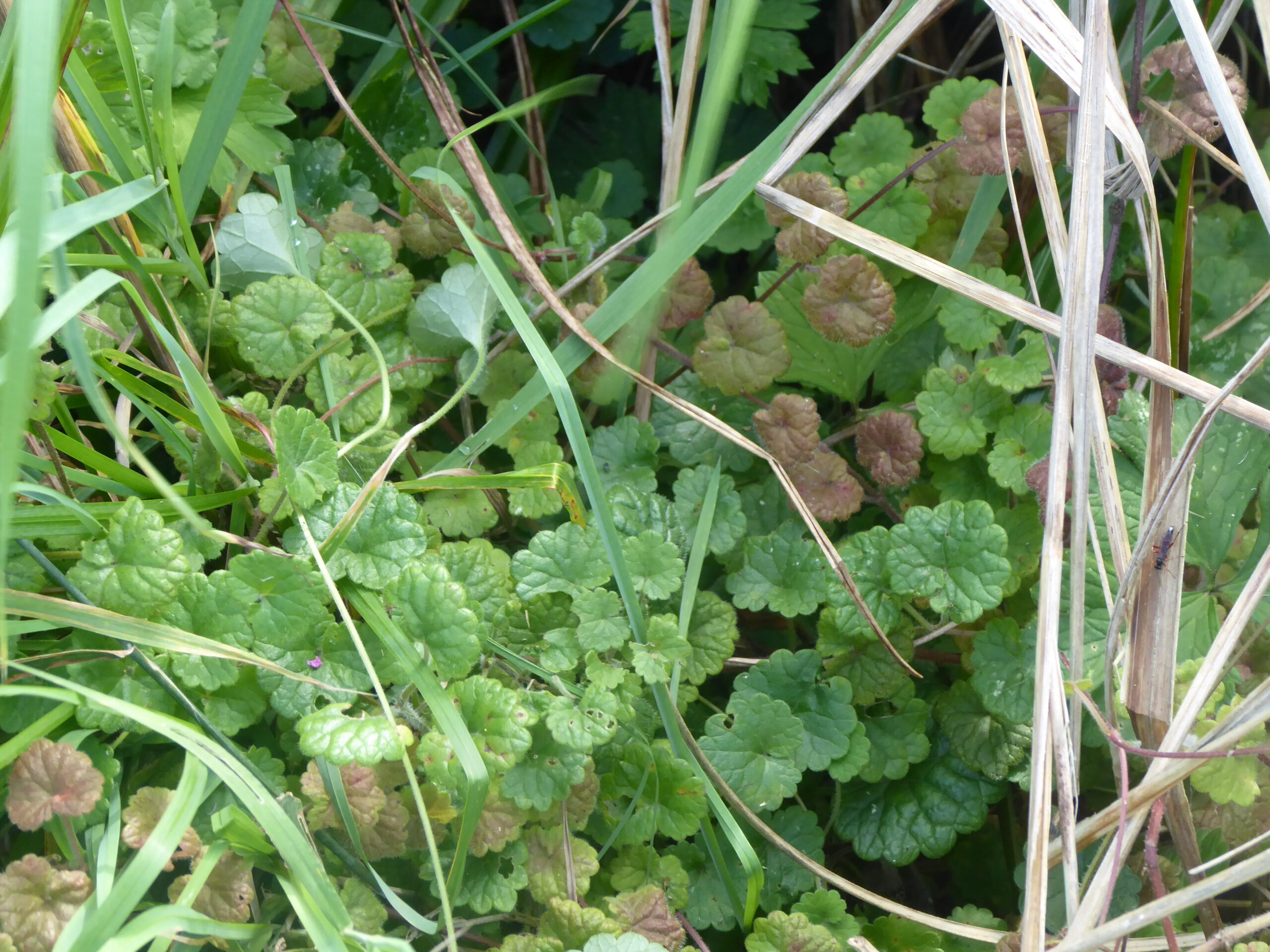Common Dandelion (Taraxacum officinale)
This is a common dandelion. Its leaves are soft, lush, smooth, hairless, flat, and toothed. They grow up from a rosette not a stalk. The familiar yellow sunburst flowers grow atop an unbranched hollow stem, which bleeds milky sap. They are up to 50cm tall and grow just about everywhere.
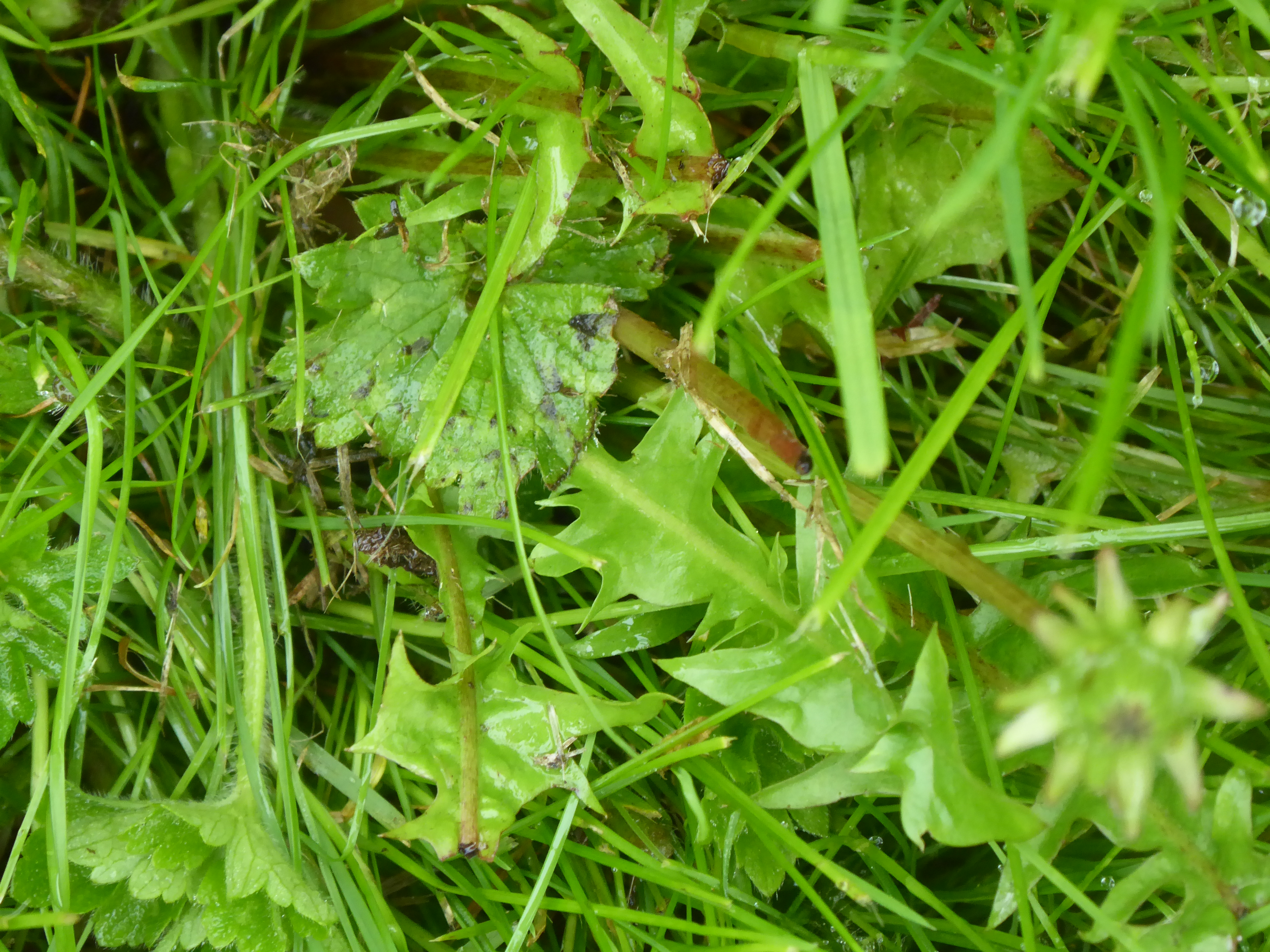
Cat’s-ear (Hypochaeris radicata)
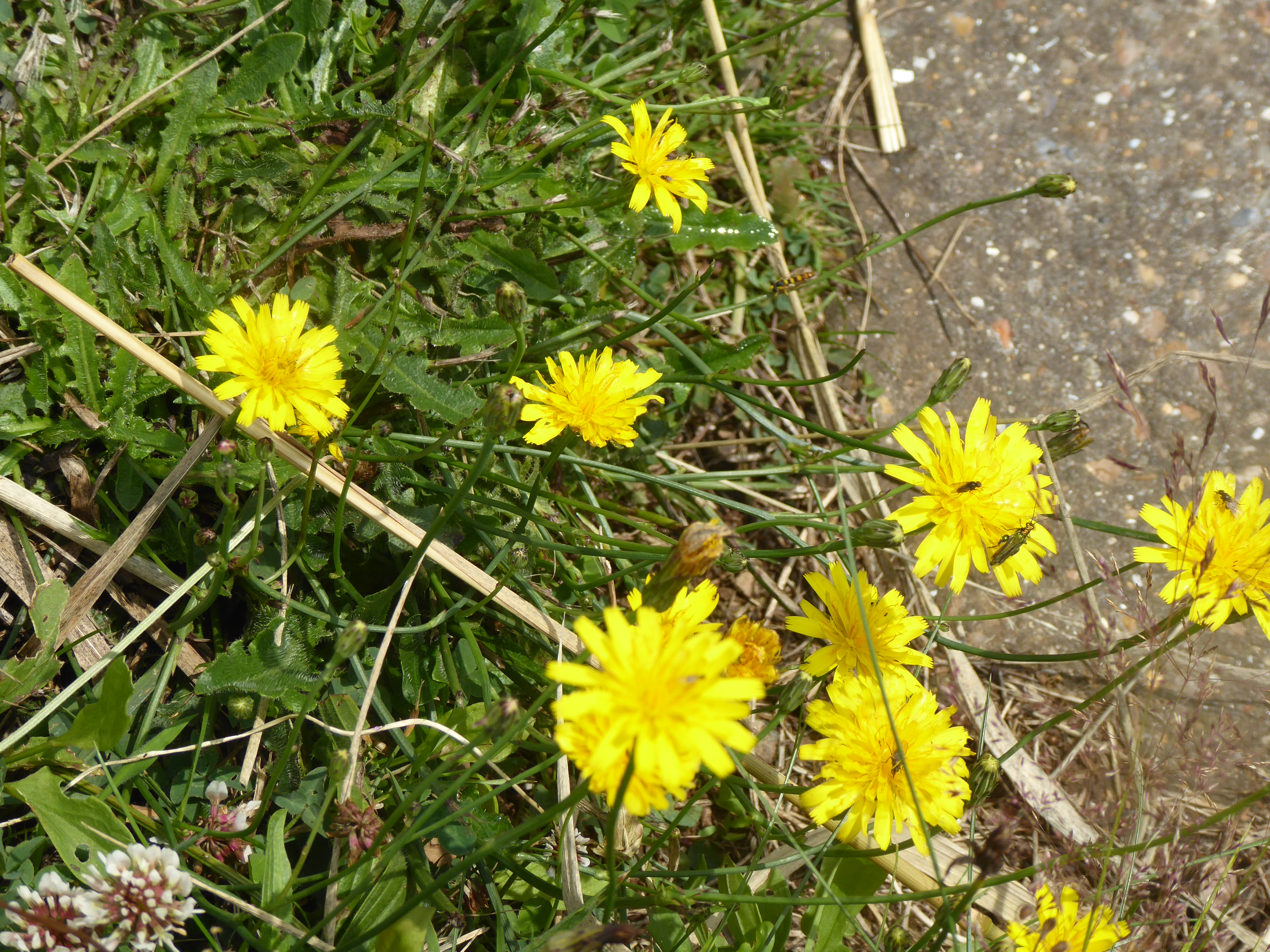
This is Cat’s-ear, also known as Flatweed or False Dandelion. Its long-stemmed bright yellow flowers have fringed petals and its leaves grow from a rosette and are the same shape as dandelion leaves but are covered with white hairs. Like the dandelion, it grows to 50cm in most habitats, but its stems are solid, not hollow.
It is thought that the name Cat’s-ear comes from the shape and texture of the furry leaves. Like the dandelion, Cat’s-ear is edible. Young leaves can be eaten raw in salads or steamed, while the root can be roasted and ground to make a coffee substitute.
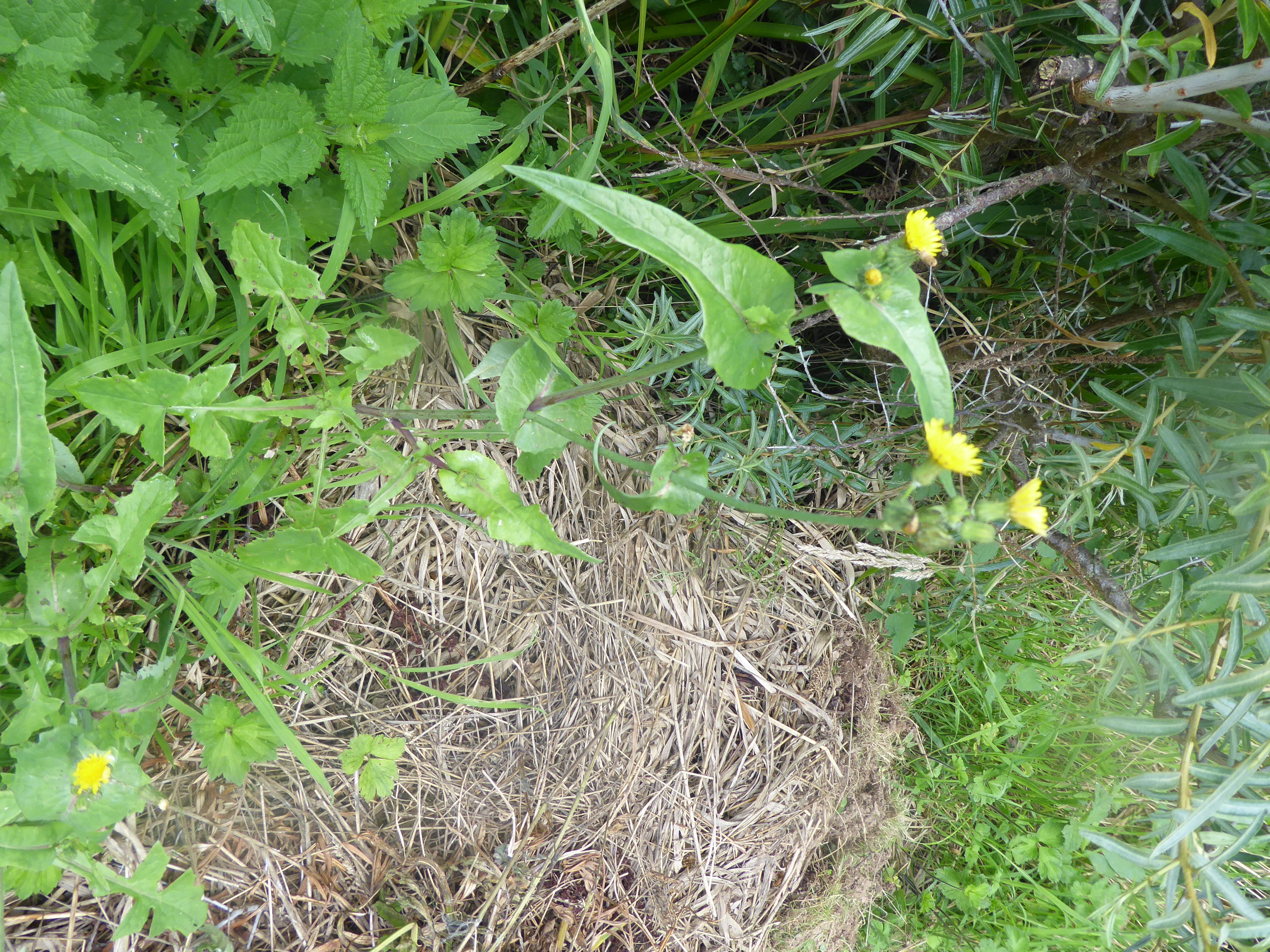
Smooth Sow-thistle (Sonchus oleraceus)
This was a difficult plant to identify because the first photo I took showed arrow-shaped leaves, which is a variant, but not the norm. Apparently, there are eight kinds of sow-thistle in the UK and I thought it was a marsh sow-thistle until a photo confirmed that the leaves are long and willow-like and the plants stand tall and proud, up to 6ft tall.
Here are the clinchers: the leaves are flat, not crinkled, with weak prickles. They clasp the stem, wrapping around with pointed collar tips. The paler outer petals of each bloom give a unique “pineapple” colouring, leant by a grey-pink stripe down the outside of each outer petal.
For future reference – Perennial Sow-thistle stems and green bracts under the flowerhead are covered in hairs with sticky yellow blobs on the tip of each. Prickly sow-thistle has crisped and shiny leaves, spiny like a thistle, and the wrap-around leaf bases are rounded, not pointed. Marsh sow-thistle as already mentioned is tall with long willow-like leaves.
